Low-Sunlight Solar Lights: Best Choices for Shaded Yards
Shaded yards, often found in urban settings or areas with dense foliage, pose unique challenges for solar lighting. Limited sunlight reduces the charging efficiency of solar lights, making it critical to select models optimized for low-sunlight conditions. This comprehensive guide provides a formula for choosing effective solar lighting solutions, including key parameters, practical applications, and emerging trends to ensure reliable illumination in shaded environments.

Understanding Solar Lighting in Low-Sunlight Conditions
Solar lights rely on photovoltaic panels to convert sunlight into electricity, stored in batteries for nighttime use. In low-sunlight areas—where daily solar exposure is less than 4-6 hours—standard solar lights may underperform. Specialized low-sunlight solar lights address this by incorporating high-efficiency panels, advanced batteries, and optimized control systems to maximize energy capture and output.
Key Components for Low-Sunlight Performance
- High-Efficiency Panels: Monocrystalline panels with 18-22% efficiency outperform polycrystalline panels in dim conditions.
- Battery Capacity: LiFePO4 batteries offer superior energy retention and longer lifespans compared to lithium-ion.
- LED Efficiency: High-lumen LEDs (100-150 lumens per watt) ensure bright output with minimal power draw.
- Smart Controllers: Adjust brightness and activation to conserve energy in low-charge scenarios.
These components form the backbone of effective solar lighting for shaded yards, ensuring consistent performance despite limited sunlight.
Why Low-Sunlight Solar Lights Matter
Shaded yards, common in regions with tall buildings, dense trees, or frequent cloud cover, demand solar lights that perform reliably under suboptimal conditions. Traditional solar lighting often fails in such settings, leading to dim or inconsistent illumination. Low-sunlight solar lights are engineered to overcome these challenges, offering eco-friendly, cost-effective solutions for homeowners and businesses.
Benefits of Low-Sunlight Solar Lights
- Energy Efficiency: Optimized for minimal sunlight, reducing reliance on grid power.
- Versatility: Suitable for gardens, pathways, or patios in shaded or cloudy regions.
- Sustainability: Harness renewable energy, lowering carbon footprints.
- Low Maintenance: Durable designs with long-lasting components minimize upkeep.
For top-performing models, explore low-sunlight solar lights designed for shaded environments.
The Formula for Choosing Low-Sunlight Solar Lights
Selecting the right solar lights for low-sunlight conditions requires a systematic approach. This formula—based on panel efficiency, battery capacity, lumen output, and environmental factors—ensures optimal performance.
Step 1: Assess Sunlight Availability
- Measure Daily Sunlight: Use a solar insolation meter or estimate hours of direct sunlight (e.g., 2-4 hours in shaded yards).
- Account for Obstructions: Trees, buildings, or overhangs reduce effective sunlight by 20-50%.
Step 2: Prioritize Panel Efficiency
- Choose Monocrystalline Panels: These panels capture more energy in low-light conditions compared to polycrystalline (15-18% efficiency).
- Panel Size: Opt for 10-20W panels for small lights or 20-40W for brighter solar yard lighting.
Step 3: Select Battery Capacity
- Minimum Capacity: Choose batteries with at least 3.2V 5Ah for small lights or 10Ah for larger models.
- Battery Type: LiFePO4 batteries provide 2000-3000 charge cycles, ideal for long-term use in low-sunlight areas.
Step 4: Evaluate Lumen Output
- Pathway Lighting: 100-300 lumens for subtle illumination.
- Security or Area Lighting: 500-1000 lumens for broader coverage.
- Efficiency: Prioritize LEDs with 120+ lumens per watt for maximum brightness with minimal power.
Step 5: Consider Control Features
- Motion Sensors: Reduce energy use by activating only when needed, critical for low-charge scenarios.
- Dimmable Modes: Allow brightness adjustments to extend battery life.
- Timers: Program lights to operate only during peak hours (e.g., 6 PM-10 PM).
Recommended Parameters
- Panel: Monocrystalline, 15-30W, 20%+ efficiency.
- Battery: LiFePO4, 5-15Ah, 3.2V.
- Lumen Output: 100-1000 lumens, depending on application.
- IP Rating: IP65 or higher for weather resistance.
- Sensor Range: 5-10 meters for motion-activated lights.
For curated options, check solar yard lighting with these specifications.
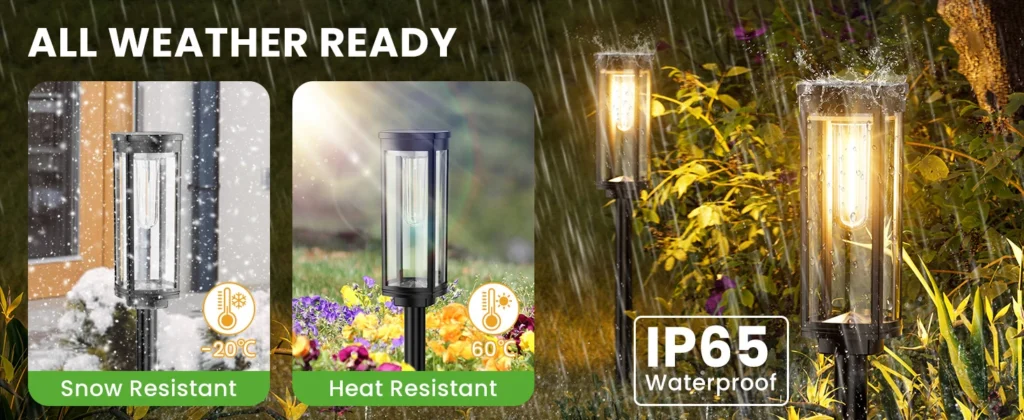
Applications for Low-Sunlight Solar Lights
Low-sunlight solar lights are versatile, catering to various needs in shaded environments.
Residential Applications
- Pathways and Walkways: Low-lumen solar lights (100-300 lumens) illuminate paths safely without overtaxing batteries.
- Gardens and Patios: Subtle lighting enhances ambiance in shaded yards, using dimmable or motion-activated models.
- Security: Motion-sensor solar lighting deters intruders around entryways or garages.
Commercial and Public Applications
- Urban Parks: Low-sunlight solar lights provide safe illumination in tree-covered areas.
- Parking Lots: Higher-lumen models (500-1000 lumens) ensure visibility in shaded commercial spaces.
- Signage: Continuous low-level lighting keeps signs visible in low-sunlight conditions.
Energy Efficiency in Low-Sunlight Conditions
Energy efficiency is paramount for solar lighting in shaded yards. Low-sunlight solar lights optimize energy use through advanced components and smart features.
Quantitative Comparison
- Standard Solar Lights: Require 6-8 hours of sunlight, consuming 5-10Wh nightly for 500 lumens, often failing in shaded areas.
- Low-Sunlight Solar Lights: Operate with 2-4 hours of sunlight, consuming 2-5Wh for similar output, thanks to efficient panels and batteries.
Energy-Saving Features
- Motion Sensors: Reduce runtime by 60-80% in low-traffic areas.
- Adaptive Brightness: Dim lights when full brightness isn’t needed, saving 20-30% energy.
- High-Efficiency LEDs: Deliver 120-150 lumens per watt, compared to 80-100 for standard LEDs.
These features make low-sunlight solar lights ideal for energy-conscious users in shaded regions.
Installation and Maintenance Best Practices
Proper installation and maintenance ensure solar lights perform reliably in low-sunlight conditions.
Installation Tips
- Panel Placement: Position panels in the sunniest available spot, even if partially shaded, to maximize charging.
- Angle Optimization: Tilt panels 15-30° toward the sun’s path for better exposure.
- Light Positioning: Mount lights 1.5-3 meters high for pathways or 3-5 meters for area lighting.
Maintenance Guidelines
- Clean Panels Regularly: Remove dirt or leaves biweekly to maintain efficiency.
- Inspect Batteries: Check for capacity degradation every 12-18 months.
- Calibrate Sensors: Adjust motion sensor sensitivity to avoid false triggers from wind or animals.
For installation accessories, explore solar lighting kits tailored for low-sunlight setups.
Cost and Longevity Analysis
Low-sunlight solar lights are a cost-effective investment for shaded yards.
Initial Costs
- Entry-Level Models: $20-$50 for 100-300 lumens, suitable for pathways.
- High-Performance Models: $50-$150 for 500-1000 lumens with advanced features like motion sensors or smart controls.
Longevity and ROI
- LED Lifespan: 30,000-50,000 hours, equating to 10-15 years of nightly use.
- Battery Lifespan: LiFePO4 batteries last 5-7 years, with replacements costing $10-$30.
- ROI: Energy savings and zero electricity costs yield ROI within 1-3 years, depending on usage.
Emerging Trends in Low-Sunlight Solar Lighting
The solar lighting industry continues to innovate, addressing challenges in low-sunlight environments.
Technological Advancements
- Perovskite Solar Cells: Emerging panels with 25%+ efficiency, ideal for low-light conditions.
- AI-Driven Sensors: Optimize activation by distinguishing human movement from environmental triggers.
- Hybrid Systems: Combine solar with small wind turbines for dual-energy capture in shaded areas.
Design Innovations
- Compact Panels: Smaller, high-efficiency panels blend seamlessly into landscapes.
- Modular Designs: Allow easy upgrades for batteries or LEDs, extending system lifespan.
Smart Integration
- IoT Connectivity: Control solar lights via apps for scheduling and brightness adjustments.
- Energy Monitoring: Track panel and battery performance to optimize charging in low-sunlight conditions.
For cutting-edge options, visit solar lighting solutions featuring these advancements.
Making the Right Choice
Selecting low-sunlight solar lights involves balancing performance, cost, and application needs.
Decision Checklist
- Sunlight Availability: How many hours of direct sunlight does your yard receive?
- Lighting Purpose: Is the goal ambiance, security, or pathway illumination?
- Budget: Are you prioritizing upfront cost or long-term savings?
- Features: Do you need motion sensors, dimmable modes, or smart controls?
Recommended Models
- Pathway Lights: 100-300 lumens, 10W monocrystalline panel, 5Ah LiFePO4 battery.
- Security Lights: 500-1000 lumens, 20W panel, 10Ah battery with motion sensors.
- Smart Lights: IoT-enabled models with adjustable settings for shaded yards.
Conclusion
Low-sunlight solar lights are a game-changer for shaded yards, delivering reliable illumination despite limited sunlight. By following the outlined formula—focusing on high-efficiency panels, robust batteries, and smart features—you can select solar lighting that meets your needs. Whether for pathways, security, or aesthetics, these solutions offer energy efficiency, durability, and sustainability. Explore low-sunlight solar lights to transform your shaded yard into a well-lit, eco-friendly space.

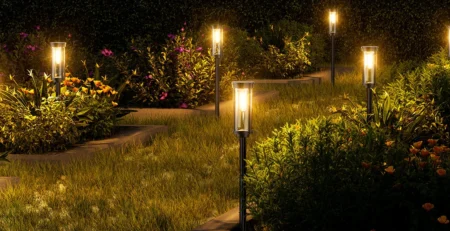

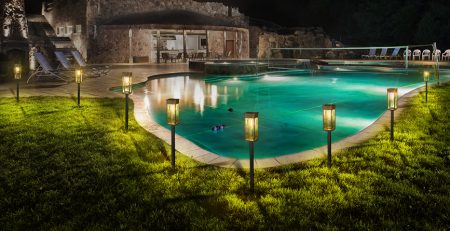
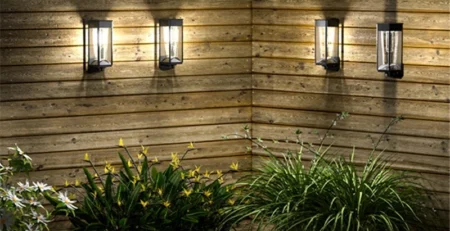
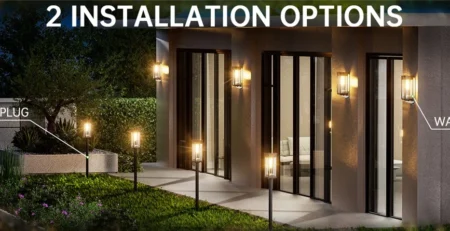
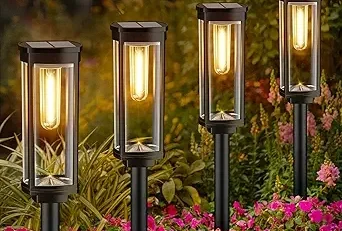
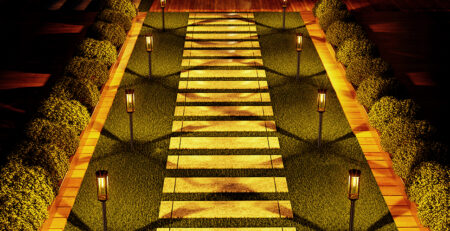

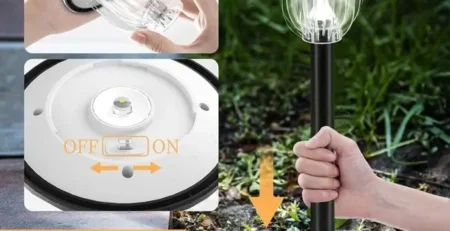
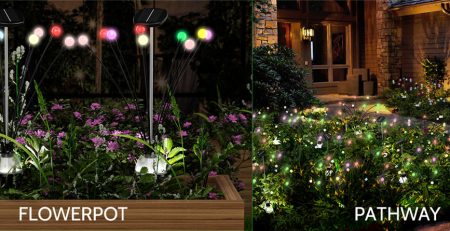
Leave a Reply